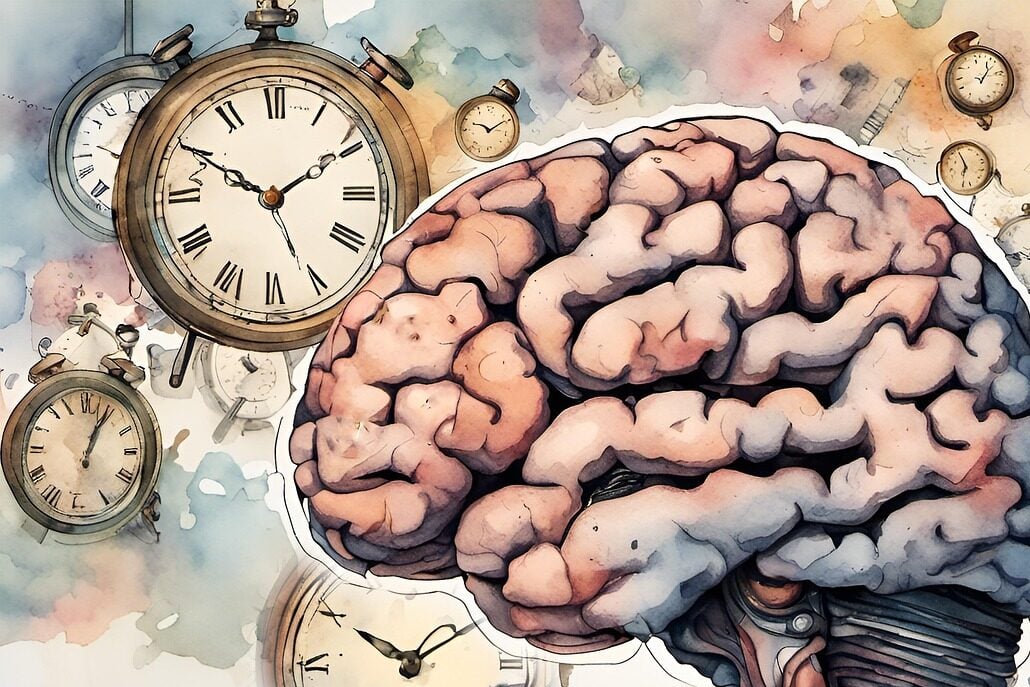Most people have heard of PTSD and have a general knowledge about what it is. However, there is still a lot of misunderstood information about post-traumatic stress disorder. Unraveling the myths surrounding PTSD can help to reduce the stigma surrounding mental health and may increase the likelihood that someone will seek the help that they need.

If you or someone you know suffer from symptoms associated with PTSD, you can learn more about the causes, symptoms, treatments, and more from the resources at BetterHelp. You may also find that some of their articles and resources offer helpful and professional guidance for those struggling with mental health issues.
Still, it can be good to bust the myths surrounding PTSD and to encourage others to spread true information instead. Let’s look at some of the most common myths about post-traumatic stress and the related factual truth.
Myth #1: Trauma Always Causes PTSD
This is false because many people undergo a traumatic experience and never exhibit symptoms of PTSD. Post-traumatic stress disorder involves more than just exposure to a traumatic event and also involves additional criteria.
In addition to the traumatic event, a PTSD diagnosis requires intrusion, avoidance, mood and feeling changes, and more. The symptoms also have to last longer than a month and interfere with different aspects of life and the ability to function.
Intrusion is the revisiting of the trauma that can involve nightmares and flashbacks. It can also be characterized by repeated thinking about the events called rumination. Avoidance is when the person suffering from PTSD avoids places and people that remind them about the event. They may also avoid talking about the trauma and experiences.
Mood changes and negative thought patterns may alter the way that the person with PTSD sees their identity or the world. It can also coincide with feelings of hopelessness and depression. Finally, there are also behavioral changes like being startled easily, developing insomnia, being irritable, having memory problems, and more.
Myth #2: PTSD Can Only Happen After a Near-Death Experience
Trauma does not have to involve a near-death experience, although it often does. It can include any event that involves a threat of death or serious injury that is real or perceived. Any situation that feels life-threatening can be traumatic, even if nobody was ever in actual danger of dying.
Furthermore, since everyone is different, something that is traumatic and leads to PTSD with one person may not with the other and vice versa. Several factors can play a role in whether an experience is traumatic or contributes to PTSD including life experience, age, and perception.
Myth #3: PTSD is Not Common
PTSD may not seem very common, but it is certainly not rare. Estimates suggest that around 3.5 percent of adults in the United States will be affected by PTSD in any given year. In a lifetime, the chances are one in 11 according to similar estimates and women are twice as likely as men to suffer from PTSD during their lifetime.
Environmental factors and experiences can change the likelihood greatly. For example, military personnel is a little more likely to develop PTSD, especially during wartime. This can be true of other factors as well. However, it also brings us to the next myth.
Myth #4: PTSD Only Affects Soldiers
While PTSD is often related in the news, movies, and other media to soldiers, anyone can develop PTSD after an incredibly distressing and traumatic event. Also, most soldiers never develop PTSD. Therefore, even though soldiers are more likely to develop PTSD, it is unfair to say that most soldiers develop it and the statistics are significantly less at somewhere between 10 and 20 percent depending on various factors.
Myth #5: Only Weak People Get PTSD
PTSD has nothing to do with how mentally strong or tough someone is and is not related to background, personality, or character. Claiming that only weak people develop PTSD is misinformation that can help to propagate the stigma surrounding the condition. Anyone can experience trauma that leads to post-traumatic stress disorder.
The factors that affect a person’s reaction to a traumatic occurrence include the severity of the trauma and the level of stress and distress during the event, genetics, frequency or length of trauma, personal history, and individual support system.
Myth #6: PTSD Lasts Forever
Traumatic reactions and PTSD do not last forever. While it can seem like it is impossible to progress or to see hope if you suffer from PTSD, some treatments can help the healing process. There are a variety of different therapies that can be effective for PTSD symptoms.
Eye movement desensitization reprocessing (EMDR) is a popular treatment option that is thought to work by diverting attention during recollection of traumatic events. During this type of therapy, the person will relive the traumatic experiences while the therapist directs eye movements.
Cognitive-behavioral therapy is another option that can help you work on identifying negative thought patterns and triggers and help to transform the negative thinking associated with the traumatic event.
You may also benefit from stress management techniques and in some cases, medications can be used for the treatment of PTSD and distressing symptoms that it can cause.
Conclusion
PTSD, like many other mental health topics, is often misunderstood. Knowing the truth about PTSD can help to spread information that could help someone by reducing the stigma and letting them know that they no longer have to suffer from alarming symptoms.

Photo Credit: iStock
The post 6 Myths and Facts About PTSD appeared first on The Good Men Project.
Original Article










